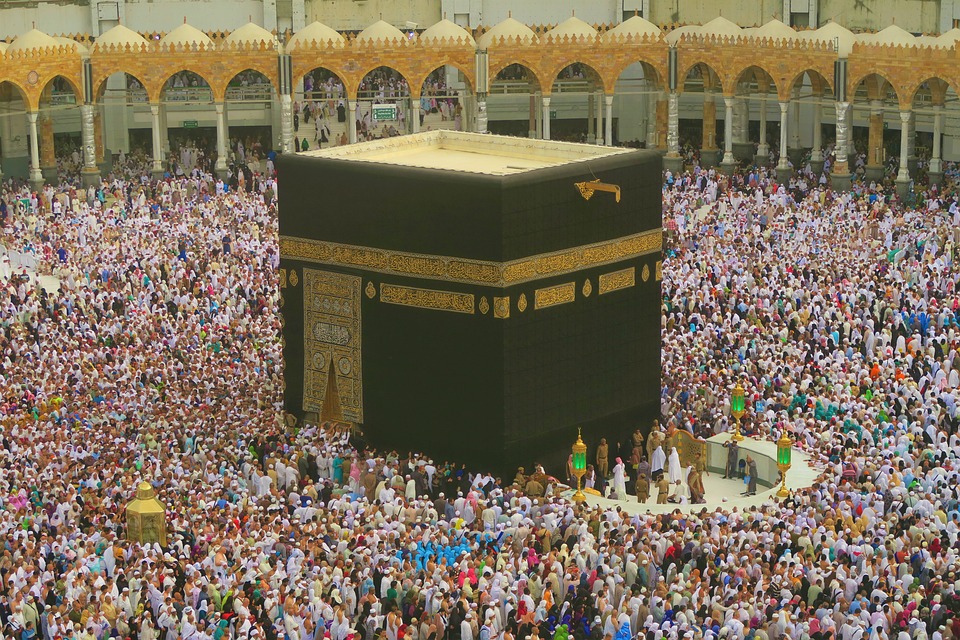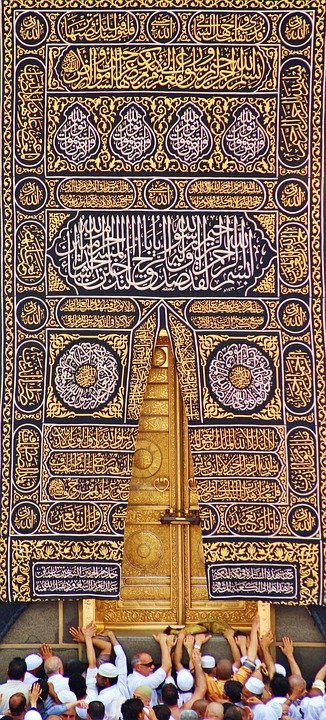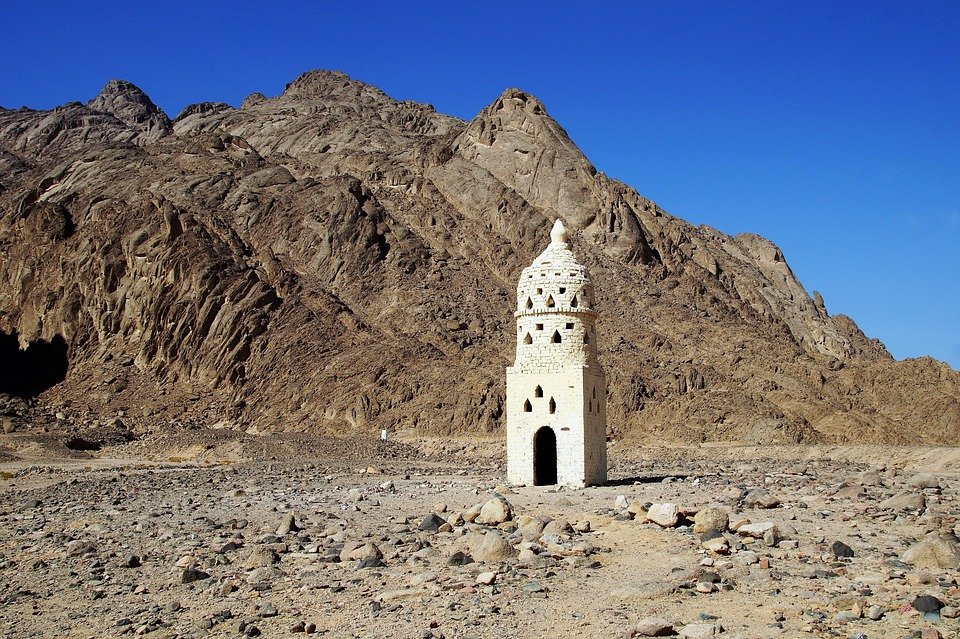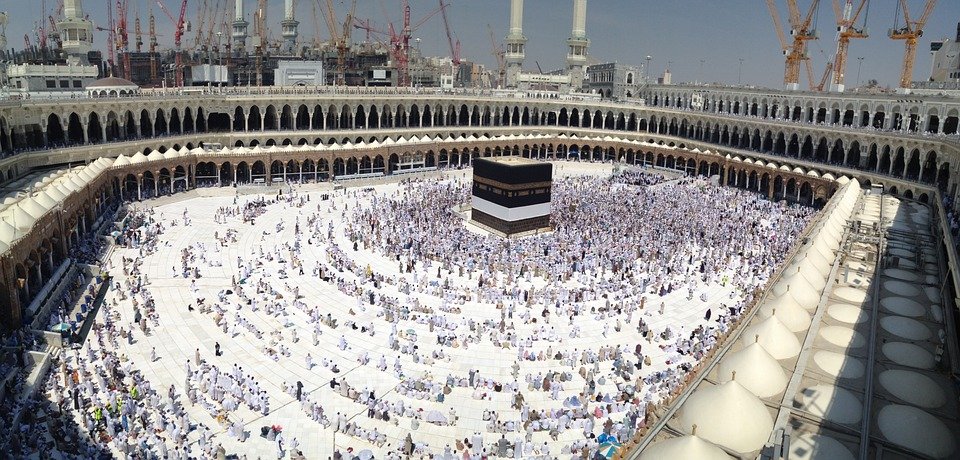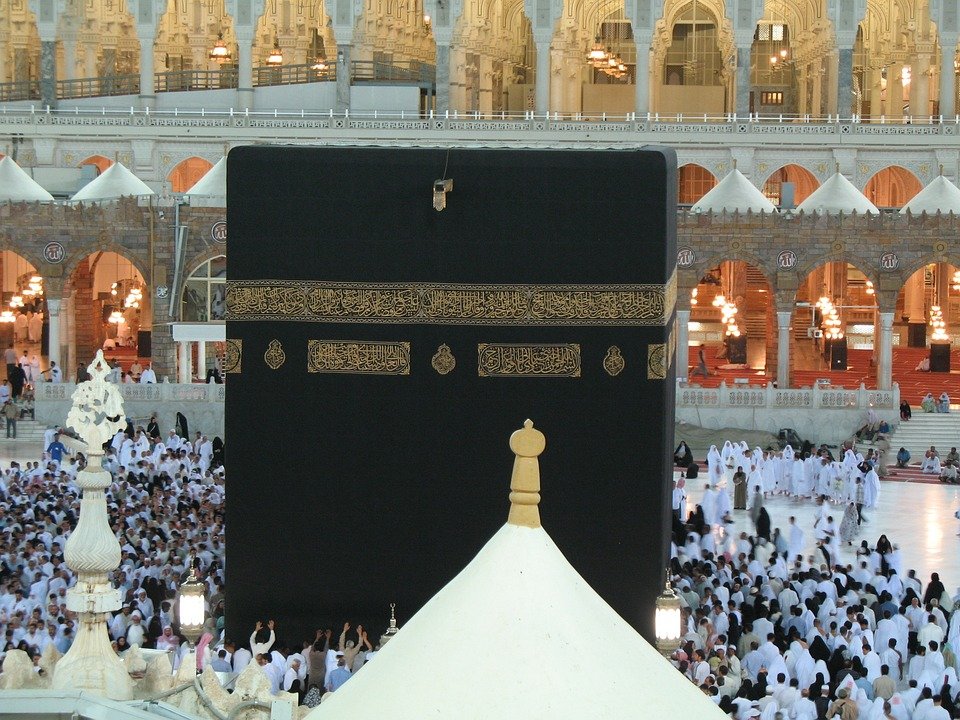In the context of Hajj, an essential question arises: do women pray with men at Hajj? This topic holds significance for many pilgrims and offers insights into the communal aspects of worship during this sacred pilgrimage. In this article, I promise to provide a comprehensive guide on whether women pray alongside men during Hajj. We will explore the customs, traditions, and spiritual etiquette related to this important question, ensuring you receive well-rounded information to enhance your understanding.
I feel that examining the dynamics of male and female prayer during Hajj is vital, not only for those planning their pilgrimage but for anyone seeking to understand the inclusive nature of Islamic worship. The significance of this topic extends beyond logistics; it reflects the respect and unity that characterize the Hajj experience. With over nine years of expertise in the Umrah and Makkah travel field since 2016, our site, Airlinkhajjandumrah.com, stands ready to offer invaluable insights. Together, we will explore the question, “Do Women Pray with Men at Hajj? Insights and Traditions,” to help enrich your understanding of this beautiful act of worship.
Do Women Pray with Men at Hajj? Insights and Traditions
Understanding Hajj
Hajj is one of the most important acts of worship in Islam, drawing millions of Muslims from around the globe to the sacred city of Makkah each year. It is a pilgrimage filled with deep spirituality and significance. During this time, everyone participates in a series of rituals designed to connect them with their faith and fellow believers.
For many, the experience of Hajj is transformative. It offers an opportunity to seek forgiveness, reflect on one’s life, and strengthen one’s relationship with Allah. As we explore the traditions surrounding Hajj, one question often arises: how do women and men interact during prayer?
The Role of Women in Hajj
Women play a vital role in the rituals of Hajj. They are just as entitled to perform the pilgrimage as men and carry a profound spiritual significance. Their presence during this holy time fosters a communal atmosphere, reinforcing the bonds of faith that unite all participants.
Women fulfill the same obligations as men, including Tawaf (the act of circling the Kaaba) and Sa’i (walking between the hills of Safa and Marwah). Throughout history, women have participated in these rituals with the same dedication, striving to experience the spiritual highs that Hajj promises. It showcases the equality of all believers, no matter their gender.
Prayer Spaces at the Masjid al-Haram
At Masjid al-Haram in Makkah, special arrangements exist to accommodate both women and men during prayer. The mosque is vast, ensuring that everyone can participate in a dignified manner. Men usually pray at the front of the mosque, while designated areas for women are nearby but slightly separated.
This setup allows everyone to focus on their prayers without distraction. It symbolizes respect for the act of worship while acknowledging the unique needs of both genders. The atmosphere buzzes with spiritual energy as people from all over the world unite in their devotion, jointly seeking closeness to Allah.
Women Praying with Men
During the rituals, women do pray alongside men, particularly during the congregational prayers. However, this is often organized in ways that ensure comfort and modesty for everyone. When the imam leads the prayer, women can join in with their male counterparts, but there are clear distinctions in space to maintain a respectful environment.
Such arrangements also highlight the importance of community in Islam. When men and women pray together, it fosters a sense of unity that strengthens the Muslim ummah. This experience can be empowering for many women, allowing them to feel included as equal participants in such a monumental event.
Cultural Perspectives on Women’s Participation
Cultural perspectives can vary significantly when it comes to women praying at Hajj. In some communities, mixed-gender prayer poses no issue, while in others, traditional practices encourage separation. Regardless of these differences, the core belief remains: women have the right to pray and perform rituals during Hajj, which is fundamentally rooted in equality.
These cultural nuances shape the experience of pilgrims, providing a rich tapestry of traditions to learn from. Respecting these perspectives fosters an atmosphere of understanding and unity among diverse groups that gather for Hajj each year.
Honoring Tradition and Modernity
As times change, many communities are reassessing traditional views on women’s participation in such blessings. While some uphold long-standing practices, others seek to incorporate more modern viewpoints, allowing women to pray side by side with men during Hajj. This evolution can lead to discussions about gender roles within the faith, sparking both reflection and growth.
Embracing both tradition and modernity can create a balanced approach that respects the past while acknowledging current societal needs. Ultimately, the goal is to ensure that all pilgrims, regardless of gender, can fulfill their spiritual obligations in a manner that feels right for them.
Conclusion: A Unified Faith
In the end, the act of praying during Hajj is a powerful symbol of unity. Women and men come together to seek forgiveness, celebrate their faith, and support one another. The arrangement of prayer spaces, distinct from one another yet close, embodies a shared purpose: fulfilling their duties to Allah.
As we reflect on whether women pray with men during Hajj, it’s clear that the essence of this pilgrimage lies in the collective experience. It’s about coming together as one community, bridging differences, and finding strength in faith. Through understanding and compassion, the bonds of spirituality only deepen, reminding us that we’re all part of a greater family.
Mushu, an experienced Saudi Arabia traveler and writer, shares insightful tips and spiritual reflections to enhance Hajj and Umrah journeys for fellow pilgrims. He has been to Makkah and Madina from 2016 to 2023 many times and his posts will reflect this.


